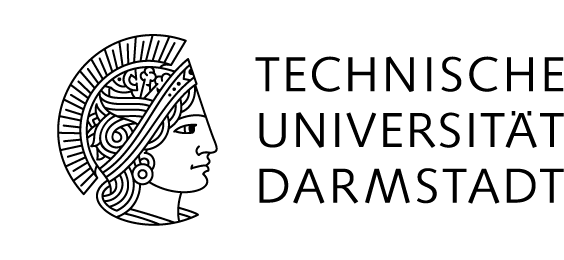|
  |
This course will happen. In the beginning of the winter semester 2020/2021, this course will be taught online. We closely monitor the situation and adapt the format of this course accordingly throughout the semester. The official start of this course is the online preparation meeting on Friday, 6.11.2020, at 14:25, in which you will receive more information about this course's format. We will provide more information how to join the preparation meeting via e-mail before. To receive this e-mail, please register for this course via TUCaN or write an e-mail to kickoff-2020@mais.informatik.tu-darmstadt.de.
Please register for the preparation meeting by Friday, 6.11.2020, 8:00
On-line participation in the preparation meeting is required for all labs and seminars. The registration in the courses gets only effective after steps explained in the preparation meeting.
Material
Materials for the seminar, including the list of articles that we discuss, will be available in moodle.
Content
|
In this seminar we will discuss research articles on different aspects of side-channel attacks on software as well as countermeasures against them. Exemplary topics include:
Read how you can exploit acoustic side channels to extract private keys from RSA! |
Learning Objectives
After successfully participating in this seminar you will know the concept and examples of side-channel attacks on software. You will understand the severity of side-channel vulnerabilities, their pervasiveness, and how to protect selected systems against them. You will have improved you skills in reading and understanding scientific articles, in presenting scientific results, and in discussing and comparing of approaches.
Prerequisites
Knowledge of Computer Science equivalent to the first four semesters in the Computer Science Bachelor program.
Last modified on 6 November 2020.


